
|
Getting your Trinity Audio player ready...
|
STIX (Structured Threat Information eXpression) and TAXII (Trusted Automated Exchange of Indicator Information) are technologies developed to improve the detection, analysis, and sharing of cyber threat intelligence.
STIX: is a language used for standardizing the representation of information about cyber threats. It allows different organizations and individuals to represent complex information in a consistent, structured manner, enabling efficient communication, processing, and automation. STIX is composed of multiple components, including:
TAXII: is a protocol used to exchange cyber threat information represented in STIX. TAXII allows the communication and sharing of threat intelligence across different organizations and systems in a secure and automated manner. TAXII defines several services that support the exchange of threat intelligence information, such as:
The development and evolution: STIX and TAXII were initially developed by MITRE Corporation, sponsored by the United States Department of Homeland Security (DHS) under the Office of Cybersecurity and Communications
The main purpose of STIX and TAXII: is to facilitate the exchange of threat intelligence between different entities, such as cybersecurity vendors, organizations, and government agencies, enabling them to respond more effectively to cyber threats. The standardization and automation provided by these technologies allow for faster and more efficient identification, analysis, and mitigation of cyber threats.
Without standards and protocols like STIX and TAXII for structuring and sharing cyber threat intelligence, several challenges and inefficiencies would arise in the field of cybersecurity. Here’s a look at some of the implications of not having these or equivalent standards:
STIX and TAXII offer a broad range of applications across various domains of cybersecurity. Here are several additional use cases for these technologies:
The use of STIX and TAXII extends across multiple cybersecurity domains, enhancing the efficiency, collaboration, and effectiveness of various cybersecurity processes and solutions. These standards facilitate a unified and structured approach to sharing, analyzing, and applying threat intelligence, thus empowering organizations and communities to build a more resilient cybersecurity ecosystem.
STIX and TAXII are not services that one can subscribe to but rather are open standards and protocols that enable the sharing of cyber threat intelligence. However, you can subscribe to threat intelligence feeds that utilize STIX and TAXII protocols to distribute threat intelligence.
Want to know how our solutions can help your business?

Best Infrastructure Partner of the year 2021

SME Channels Super Hero Award - 2021

ISV Infra Champion 2021 Award

Channel World Premier 100 Honoree 2021

Best Infrastructure Partner of the year 2020

ITPV Premier Partner Leadership Award 2020

ITPV Business Leader Award 2020

Covid-19 Superhero Partner Award 2020

Best Infrastructure Partner of the year 2019

Channel World Premier 100 Hall of Fame 2019

Channel World Premier 100 Honoree 2019

ITPV Business Leader Award 2019
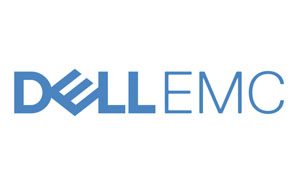
Magellan Anchor Award for the year 2018 - Platinum Partner with Highest Growth in Revenue

Enterprise Business Partner 2018-19

SME Channel Award 2018

SME Channel Award 2017

Channel World Premier 100 Honoree 2018

Most Consistent Business Partner for the year 2017

Channel World Premier 100 Honoree 2017

Emerging Business Partner 2016-2017

Top-50 Channel Partners of INDIA by SME Channels

Premier 100 – 2016 by Channel world
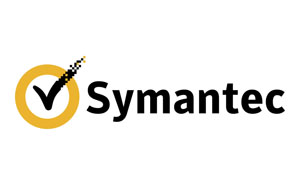
Symantec - Emerging Partner 2014

Top Solution Provider (Server & Storage) of INDIA for 2014 by CRN Excellence

Top 10 SME Solution Provider 2011-2012 by SME Channels
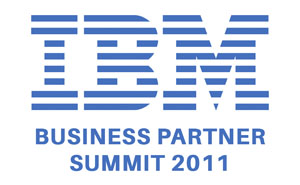
IBM GAME Changer (Best SI Partner) for 2010-2011 – Southern Region (Non Metro)
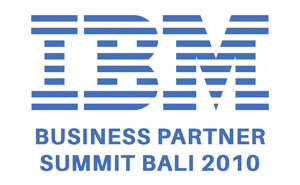
Best Mid – Market Partner – Southern Region 2009-2010
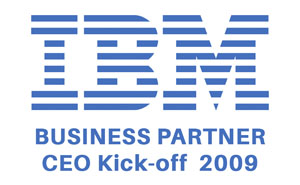
Best Performing Partner South East System X 2008
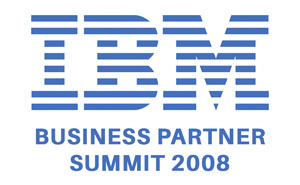
Best Upcountry Partner 2007-2008 Southern Region
Copyright © 2024 Gowra Bits & Bytes Pvt.Ltd. All Rights Reserved. | Privacy Policy | Terms & Conditions
